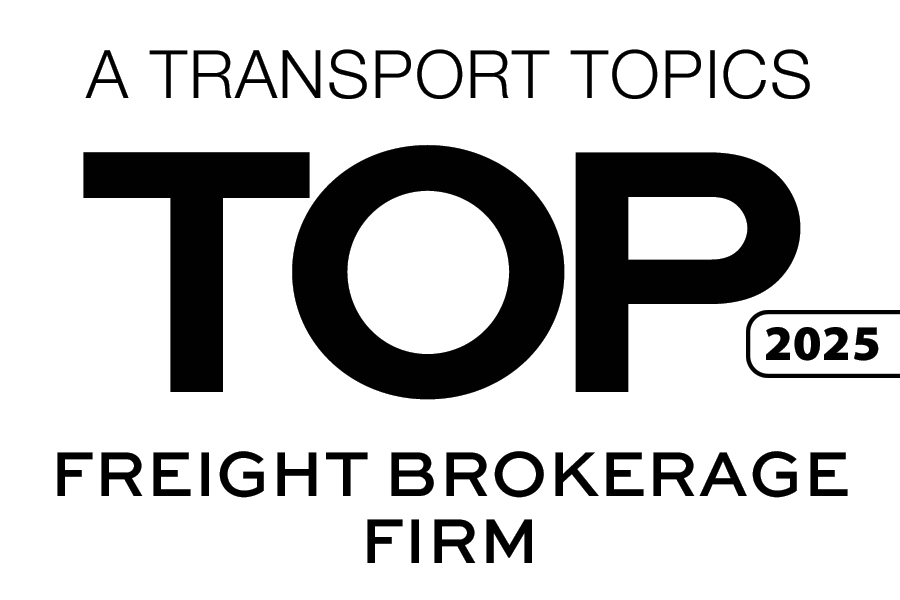Tired of Paying Unloading/Lumper Fees?
April 14, 2022

Unloading fees, also known as lumper charges, can be very frustrating. In modern transport, these fees seem like an inconvenience left over from a bygone era. Unfortunately, unloading fees have been on the rise for decades. Where do unloading/lumper charges originate, and what can be done about them?
“Unloading and lumper fees probably go back to the 19th century with the unloading of fish in English ports,” explains Joe Lombardo, President/Founder of transportation consulting firm Ege Avenue Associates. “How that got translated all the way to the US and the food industry, I’m not really sure.”
Unloading fees are paid to lumpers—third party workers who are paid to unload and handle freight for the receiver. For everyone else involved in the process, from shippers and brokers to carriers and drivers, depending on such workers to perform this crucial step can be a major headache. Drivers are placed in an especially difficult position, being forced to wait for the arrival of a lumper can lead to costly delays.
How did unloading fees become so common in the transport industry? Watch Episode 4 of the Stay In Your Lane Podcast to find out.
The inconvenience of working with lumpers and the associated unloading fees can at times feel like a shakedown. As a traditionally all-cash transaction, unloading fees can elude taxes or eliminate the paper trail for workers attempting to fly under the radar.
With all of these drawbacks, how did unloading fees get so ingrained in the transport industry? Simple profit could be a key motivator.
“It seems like it wasn’t across the whole industry until the past 25-30 years. A lot of locations didn’t charge for unloading and didn’t have lumper fees,” says Triple T Transport Senior Sales Executive John Mahle. “I think it was chosen as a profit center, and that’s why it’s so prevalent over the past 25 years.”
For receivers, utilizing lumpers means cutting out labor for their own employees, with shippers left holding the bill for unloading.
“From the retailers’ and the receivers’ perspective, this is labor they’re not providing. That’s the incentive,” says Lomardo. “I don’t see it going away anytime soon unless you get all the stakeholders together to talk about doing things differently.”
What could be done to eliminate unloading fees? One solution is for shippers to begin producing loads that don’t require touch, such as palletized loads. Some products lend themselves to this, but many do not.
What can be done to eliminate unloading fees? For this and more, watch Episode 4 of the Stay In Your Lane Podcast.
Shippers can also customize pallets for easier transfer to receiver locations and to better fit their racking setups, eliminating the need for an unloading service. Unfortunately, in an era when pallets can be scarce, building half-stacked pallets to custom-fit the receiver’s warehouse bays can also yield unwanted costs.
Unloading fees crept into the industry over a long time and removing them could take just as long. Discussions to eliminate unloading fees would have to be held customer-by-customer, warehouse-by-warehouse. Until then, everyone who handles goods will continue to feel the effects of these fees—including consumers.
“it’s a cost that gets passed through, and someone is paying for it. It gets reflected in the cost of goods at some point,” says Lombardo.
Until a solution can be found, the transport industry will be at the mercy of unloading fees.
Joe Lomardo is a veteran of the transport industry with decades of management experience for companies such as Nestle and Nabisco. Visit egeavenue.com for more information.














